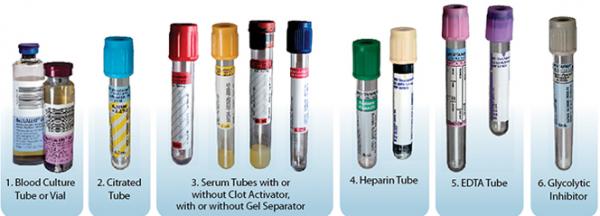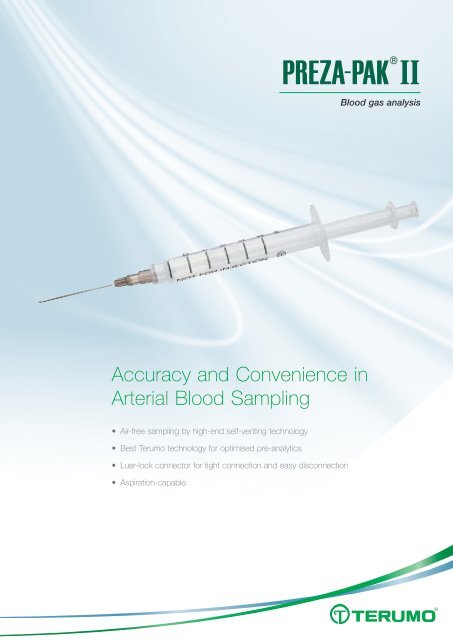

Note that the iSTAT Analyzer was unable to read glyoxylic acid. The blood concentrations used were 20 mmol/L of glycolic, glyoxylic, formic or oxalic acid. 2: The effect of ethylene glycol metabolites (and formate) upon blood lactate concentrations, as measured by 5 common analyzers. We wished to determine why discrepant lactate values occurred, but also if this “lactate gap” 1 might also be used to expedite diagnosis and therapy.įig. This case demonstrates how misdiagnosis, including inappropriate laparotomy and delayed ethylene-glycol therapy, could occur. She admitted to deliberate ingestion of ethylene glycol.

The patient was discharged after 2 weeks with residual renal failure requiring intermittent hemodialysis. The patient's abdominal CT scan was judged normal no surgery was performed. Laboratory readings for plasma lactate never exceeded 3.6 mmol/L ( Table 1). Dialysis rapidly decreased the ethylene glycol level, the anion-gap metabolic acidosis, and the lactate measured with the Radiometer point-of-care analyzer. Repeated analysis confirmed high point-of-care readings for lactate and comparatively low plasma-lactate results. Resuscitation continued, but now included high-flux dialysis and an intravenous infusion of ethanol to counter ethylene glycol. An urgent ethylene glycol test showed a plasma concentration of 15 mmol/L. Urine analysis found calcium oxalate crystals.
ISTAT VENOUS BLOOD ONLY FULL
Two hours later, full laboratory investigations showed an increased serum osmolarity (353 mmol/L) and an osmolar gap of 33 mmol/L. Unexpectedly, the plasma lactate concentration was only 1.5 mmol/L. Blood work at admission included a laboratory plasma-lactate measurement, for which a sample was drawn minutes after the arterial blood-gas sample. Although family consent was obtained for immediate laparotomy, we delayed to obtain an abdominal CT scan and to improve her hemodynamics and reduce her acidosis. Use of sedatives and neuromuscular blocking medications precluded an adequate abdominal examination.

A general surgeon was consulted in case the lactate elevation represented severe mesenteric ischemia requiring urgent laparotomy. She was transferred to the hospital's intensive care unit.


 0 kommentar(er)
0 kommentar(er)
